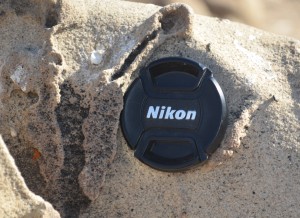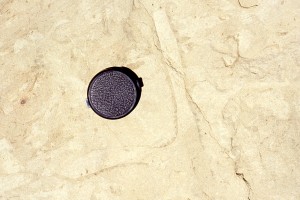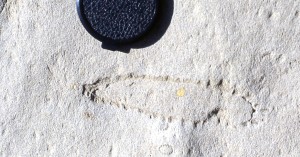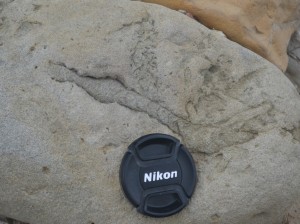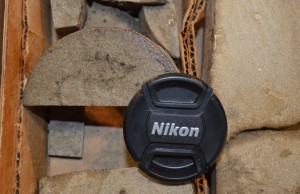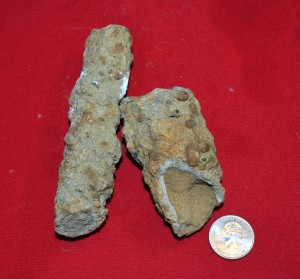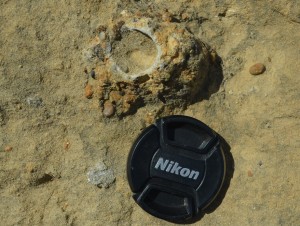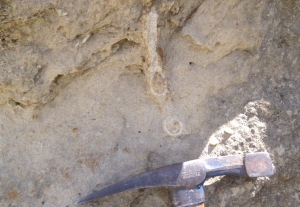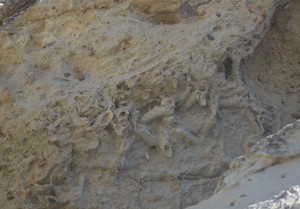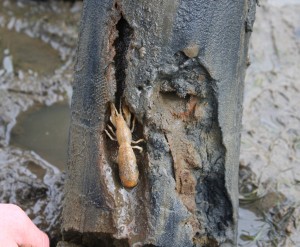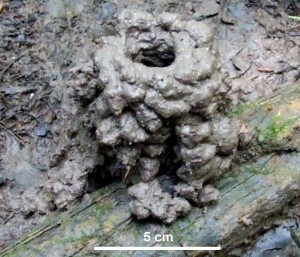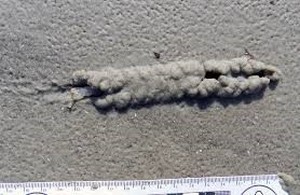Ophiomorpha Burrows and Pebble Burrows
Ophiomorpha was first described by Sternberg (1838), who identified it as fossil seaweed, and gave it the genus name of Halymenites, due to a perceived similarity to the modern red algae genus Halymenia. When Leo Lesquereux, a friend and colleaque of the famed geologist Louis Agassiz, published his descriptions in 1872 of the fossil flora of the mid-western United States, he interpreted Halymenites, together with Chondrites, as fossil fucoids, another form of seaweed. The fucoid interpretation for "fossil corn cobs", as Halymenites was described by some, came under question when the Swedish geologist Lundgren (1891) studied the trace, and reinterpreted it as an invertebrate burrow. He also assigned it to a new ichnogenus that he named Ophiomorpha. Evidence against a fucoid origin for the trace continued to grow, and today the name Halymenites is largely forgotten, having been been replaced by Ophiomorpha. Also, numerous studies have documented that the modern ghost shrimp Callianassa makes a burrow indentical to Ophiomorpha. An interesting variant are burrows that look like very much like Ophiomorpha, but have pebbles in the burrow walls along with fecal pellets. Possibly the shrimp making the burrows encountered pebbles while digging and simply pushed them out of the way into the sides of the burrow. These "pebble burrows" in Coalinga, are found in the Santa Margarita Formation closely associated with a shallow water fauna dominated by reefs of giant Ostrea titan oysters. |
Examples of Ancient Ophiomorpha Burrows and Pebble Burrows
Examples of modern Ghost Shrimp (Callianassa) burrows


